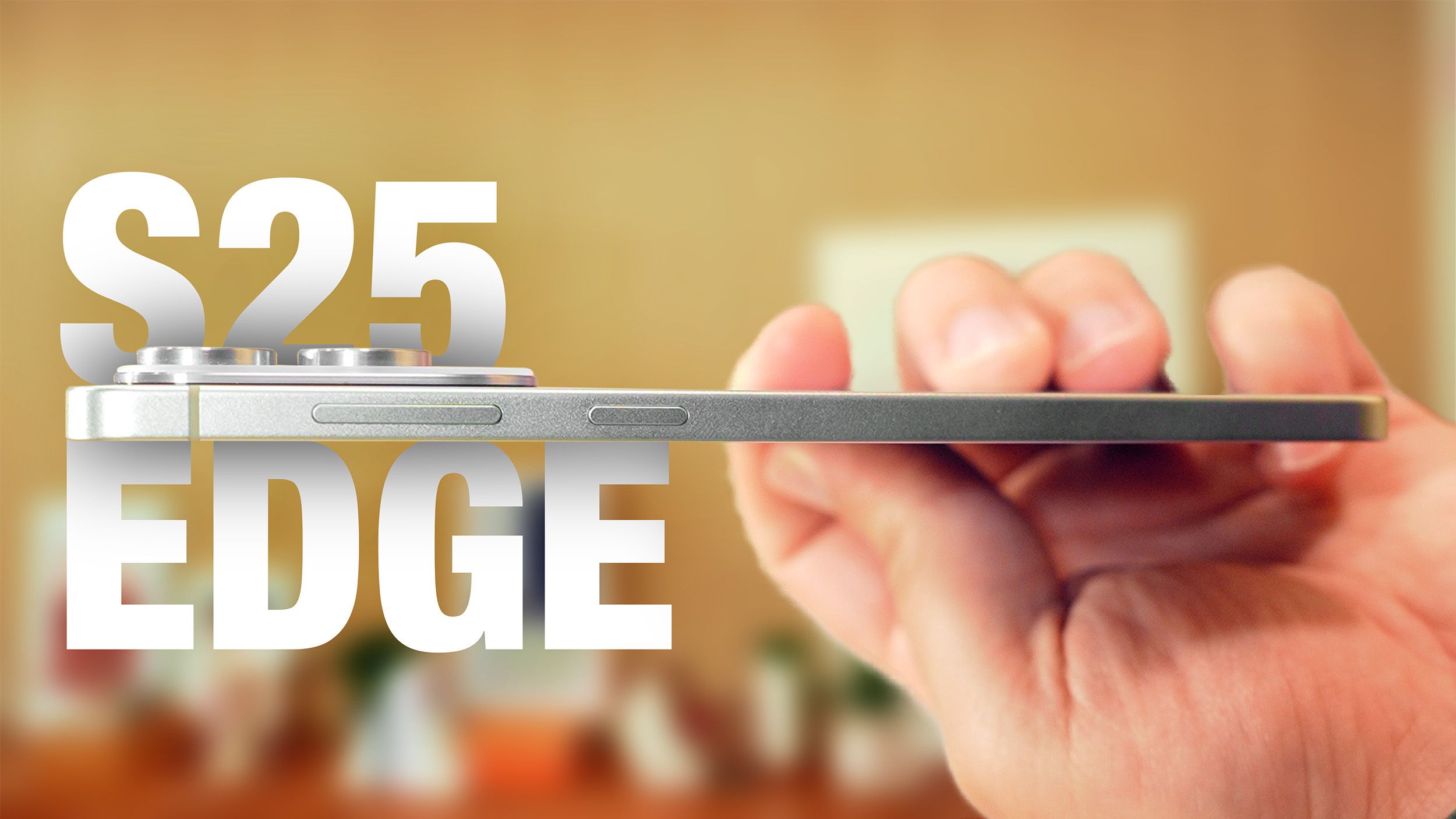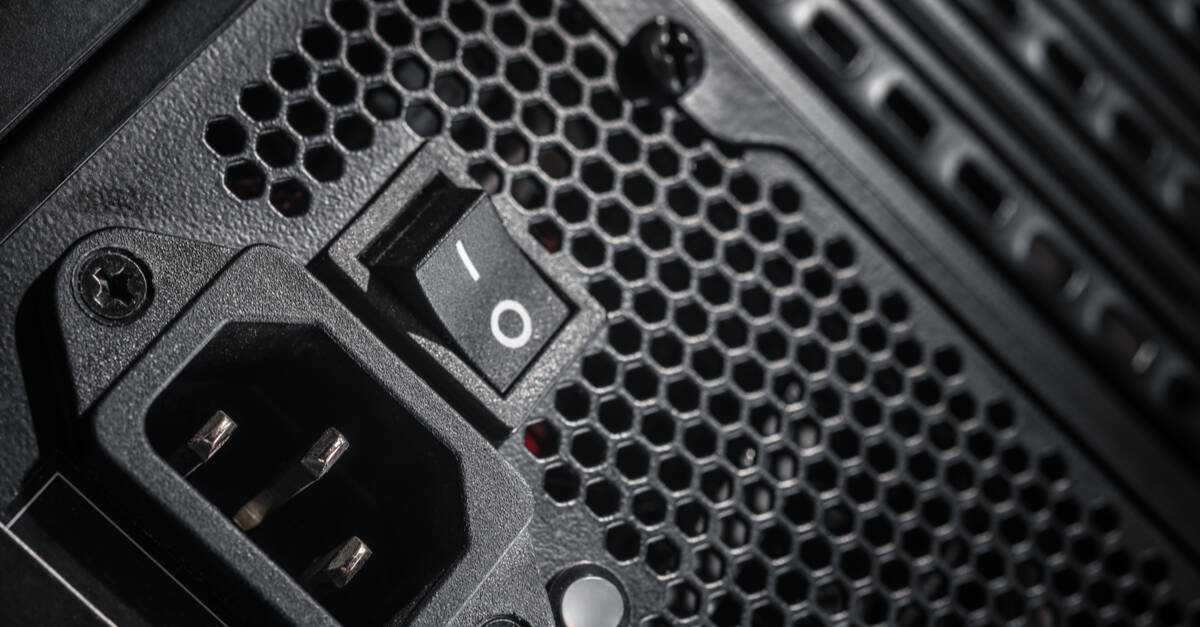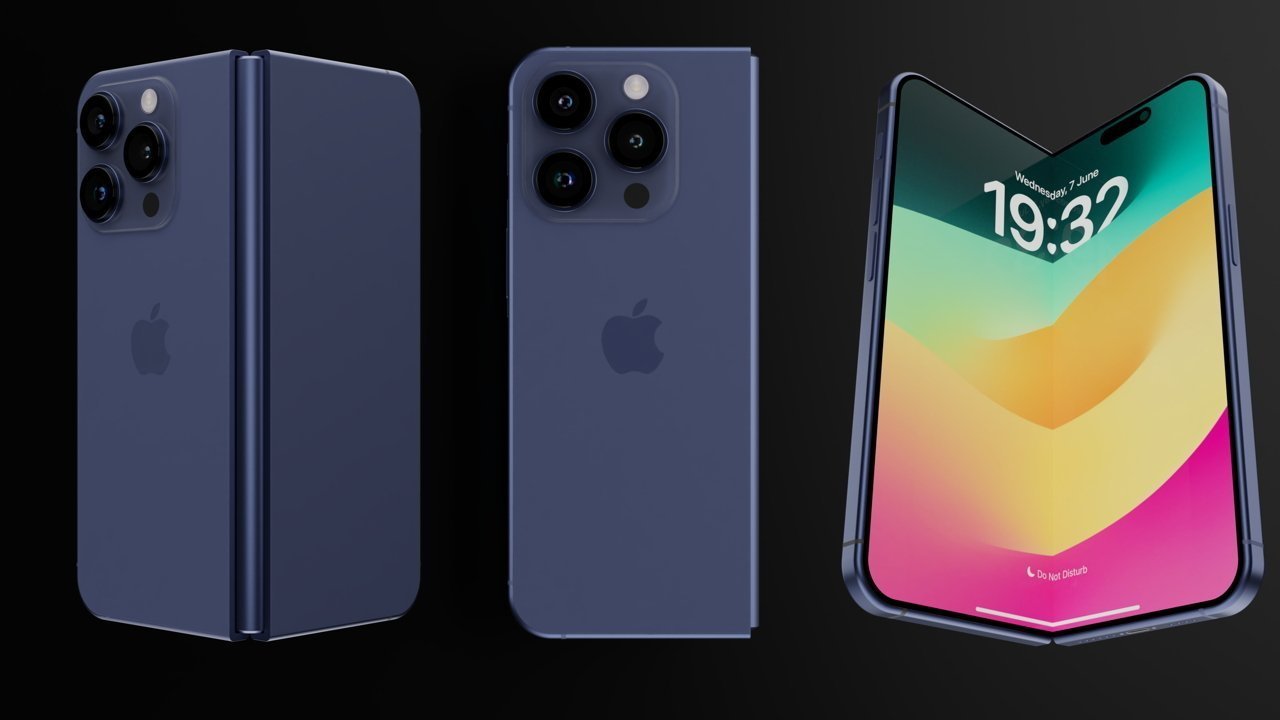
Face ID for Mac Remains Distant Despite Years of Rumors
Face ID for Mac has been a hot topic among tech enthusiasts and Apple users for years. If you’ve been eagerly waiting to unlock your Mac with just a glance, you’re not alone. Despite numerous rumors and hopeful speculation, Face ID for Mac remains a distant reality. In this article, you’ll learn why Apple has yet to integrate Face ID technology into its Mac lineup, what hurdles exist, and what the future might hold for this much-anticipated feature.
Table of Contents
- Why Face ID for Mac Is Still Elusive
- Technical Challenges Behind Face ID Mac Integration
- How Apple Currently Secures Your Mac
- What to Expect from Apple in the Future
- External Views and Industry Speculation
- Conclusion
- FAQ
Why Face ID for Mac Is Still Elusive
Apple introduced Face ID with the iPhone X in 2017, revolutionizing biometric authentication on mobile devices. Naturally, many expected the company to extend this technology to the Mac soon after. However, years have passed, and Face ID has yet to make a debut on any Mac model. The primary reasons are tied to hardware limitations, product design priorities, and the company’s approach to blending security and usability.
You might wonder why such a popular and secure technology isn’t on your Mac yet. One key factor is that Face ID requires specialized hardware — specifically, the TrueDepth camera system — which Apple faces challenges integrating seamlessly into Mac displays without compromising screen quality or increasing device thickness.
Technical Challenges Behind Face ID Mac Integration
Integrating Face ID into Macs presents multiple technical challenges you might not be aware of:
- Camera Placement and Size: The TrueDepth camera system is bulky relative to the slim bezels of Mac displays. Apple would need to redesign the Mac’s screen or notch design to accommodate it.
- Power Consumption: Face ID components consume more power, which affects battery life on MacBooks.
- Security Standards: Macs often require heightened security for professional and enterprise users, necessitating robust implementation to match or exceed Face ID’s iPhone security.
- Cost Implications: Adding the TrueDepth camera system would increase production costs, potentially impacting Mac pricing.
Due to these barriers, Apple has likely opted to refine other security features that better fit the Mac’s form factor and user needs.
How Apple Currently Secures Your Mac
Even though Face ID isn’t available on your Mac yet, Apple uses several other effective security measures to keep your data safe:
- Touch ID: Available on some MacBook models, Touch ID lets you unlock your Mac with your fingerprint quickly and securely.
- Password Encryption: Macs use strong encryption tied to your user account passwords to protect files and data.
- T2 Security Chip / Apple Silicon: Apple integrates powerful chips like the T2 security chip and Apple Silicon to provide hardware-level security and secure boot processes.
These options provide strong protection, even if Face ID isn’t part of the ecosystem yet.
What to Expect from Apple in the Future
If you’re hopeful about the arrival of Face ID for Mac, there’s reason to stay optimistic. Industry insiders and analysts suggest Apple is actively researching ways to bring Face ID functionality to Macs without compromising design or battery life. Some possibilities include:
- Embedding the TrueDepth camera within a slight notch or under-display technology.
- Combining Face ID with Touch ID for multi-factor biometric authentication.
- Innovating smaller, more power-efficient TrueDepth components designed specifically for Mac hardware.
Apple’s commitment to user privacy ensures any such implementation will uphold the highest security standards.
External Views and Industry Speculation
Tech news sources like MacRumors have extensively covered the rumors surrounding Face ID for Mac. Analysts often cite supply chain challenges and Apple’s internal priorities as reasons for the delay. You’ll find that the company tends to take a cautious but thorough approach to biometric upgrades, avoiding rushed rollouts that could compromise security or user experience.
In the meantime, third-party developers and accessory makers have created alternatives and workarounds, but none match the seamless integration Apple can offer.
Conclusion
Face ID for Mac remains a feature that you’ll likely see in the future — just not yet. Apple’s dedication to security, design integrity, and user experience has meant prioritizing other biometric options while perfecting the technology needed to bring Face ID to Macs. For now, you can continue enjoying the reliable security solutions Apple offers and keep an eye on technology updates for the latest developments.
FAQ
Why doesn’t my Mac have Face ID yet?
Face ID requires specialized hardware like the TrueDepth camera system that’s difficult to integrate into Mac designs without affecting display quality and battery life.
Can I use Face ID accessories with my Mac?
There are no Apple-supported Face ID accessories for Mac at this time. Third-party options do exist but may not offer the same seamless experience.
When is Face ID expected to arrive on Macs?
There’s no official timeline from Apple, but industry insiders speculate it could arrive within the next few years as Apple improves hardware integration.
Are there secure alternatives to Face ID on Mac?
Yes, many Macs feature Touch ID, and all Macs benefit from hardware security features like the T2 chip or Apple Silicon’s Secure Enclave.
If you found this article helpful, feel free to share it with others or leave a comment below with your thoughts on Face ID for Mac. Stay tuned for more updates and insights on Apple technology!



